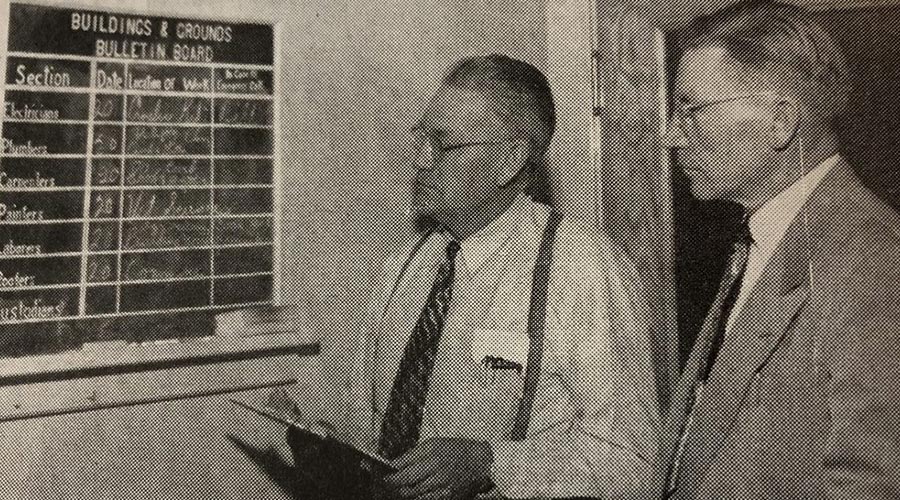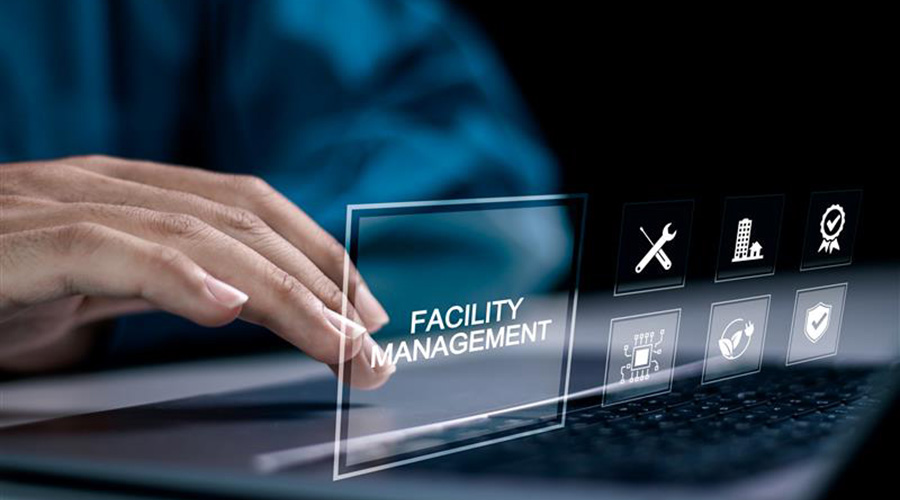Software
Great Expectations for Web-based Systems
Facility management systems have been steadily evolving over the past 20 years, moving from pen and paper to DOS, then Windows and Unix. Today, the trend is towards systems that use the Internet as the medium for communication, with applications built on Web browsers.
Before making the leap to a Web-based system, facility executives should develop a general understanding of what the systems can do and their limitations. That will enable facility executives to better match features and capabilities with the needs of their organizations.
Moving to a Web-based system is not without risks, and a successful installation requires careful planning and implementation. That said, the benefits of a Web-based system often make it worthwhile.
One of the biggest advantages of a Web-based system is accessibility. In contrast, a major complaint about existing systems is that not everyone who needs access to the system can get it easily. In most cases, all users’ computers must be hardwired to the system. That limitation disappears with Web-based systems. The system can be used from any computer, as long as it has access to the Internet and a Web browser.
Web-based systems are clearly well-suited for applications involving remote facilities. In the past, remote facilities could be accessed by the system only if they were linked by phone line or dedicated cable. But with a Web-based system, there is no need for phone lines or dedicated cables. As a result, both installation and operating costs are reduced.
Common Advantages
Another major advantage of Web-based systems is their common front-end. Users do not have to learn how to operate a new software package for each system installed in the facility because a single Web browser provides access to the system.
Perhaps the greatest advantage of Web-based systems is their ability to store all system information in a single location that is accessible to all users. This common data storage allows facility executives to readily establish document and knowledge management systems that will benefit all users of the system. Data and information standards further ensure that stored information will be readily available to all.
Web-Based Vs. Web-Enhanced
There are two basic approaches to making use of Web technology: Web-based and Web-enhanced. Web-based systems are designed from the start to operate as a Web application. They take full advantage of the capabilities of the Internet, without the need to patch or modify software.
In contrast, Web-enhanced systems are typically modified systems that have gained Internet compatibility through the use of add-on software and gateways. In these systems, the software itself is not Internet-compatible; only the data and information that passes through the conversion software utility or gateway adheres to Internet standards. Only those who have installed the proprietary software on their machines can access the system using a Web browser. License fees typically must be paid for each user or group of users.
Although Web-enhanced systems can work well, Web-based systems have several clear advantages. Web-based systems adhere to defined Internet standards and protocols, allowing systems to work seamlessly with other applications. By contrast, Web-enhanced systems generally are built on proprietary protocols; how well they can be interconnected with other applications varies greatly among systems and applications.
One of the biggest advantages of a true Web-based system is that the entire software package resides on an Internet server. Everyone with access to the Internet can gain access to the system through a Web browser, if they have the proper security access. With no additional software required, software licensing, set up and maintenance costs are reduced. Any type of workstation can be connected.
Although the benefits of Web-based systems are fairly well understood, the systems do have some limitations and issues that must be considered. One of the most important issues is security. Of course, security is a concern in any system, but it becomes a more serious issue for Web-based systems.
Staying Secure
Any system that uses the Internet as the communications link is subject to tampering or unauthorized access. This is a particularly important issue considering the types of building systems connected and the type of information that could be accessed. Any system can be hacked, allowing outsiders to gain access to critical or confidential data. Once connected to the system, hackers can steal or corrupt data.
To prevent unauthorized access, the system manufacturer should have several layers of security built in. Most systems use 128-bit encryption on all communications.
Another concern for users of Web-based systems is operation when the communication network is not functioning. Although the hardware and software used to interface with the Internet is reliable, there will be periods when the communication system itself is inoperative. Given the type of building systems connected, it is essential that the manufacturer has built-in the ability for various system components to operate in a stand-alone mode and store data that can be uploaded automatically at a later time when communications are restored. Owners must carefully review stand-alone operation capabilities for any system being proposed. This is particularly important for systems that gather real-time data, such as utility metering.
One popular misconception about automation systems used in buildings is that they are plug-and-play. When the system is first installed, time will be spent gathering and entering data specific to that facility. Depending on the size and complexity of the system, this process may take several months. Failing to factor data collection and entry into system time frames and costs will only frustrate users.
When facility executives are evaluating systems, they must carefully examine flexibility. Each system operates with its own rules and processes. In most cases, those rules and processes will be different from what the facility is currently using. In some cases, the manufacturer will have made the product flexible enough that it can be adapted to many of the rules and processes already in place. If not, facility executives must factor in the time and cost required to train users for the changes introduced by the system.
Questions of Speed
Facility executives must be aware that Web-based systems have two serious drawbacks in comparison to other management systems. Browsers, while fast and convenient, do not have the key shortcuts and quick access to selection lists that users have grown accustomed to in Windows-based applications. As a result, high-volume data entry is not as quick or convenient in Web-based systems.
The other drawback is that, in Web-based systems, everything must be downloaded over the system. Large pages take longer to download than small ones. But small pages cannot include the same level of intelligence that can be found in large pages. With Web-based systems, there’s always a trade-off between having small pages that download quickly versus having large pages with a lot of information.
Early in the system planning process, there are several issues that facility executives must address if they are to get the most out of a Web-based system. Depending on the level of expertise available within the department, facility executives may have to look to the organization’s IT department for assistance in addressing these issues.
When it comes to the Internet connection, two issues are of critical importance: speed and reliability. With the large amounts of data that will have to be transmitted over the Internet, the connection must be as fast as possible. It may cost more for a high-speed connection, but the delays caused by slower connection transfer rates will hamper the use of the system. But speed is only good if the connection is reliable. Have the IT department help review what connection options are available and how the various options will affect system performance and reliability.
Although the performance of the computers connected to the system through the Internet is not as critical as the performance of the system servers and the Internet connection, it is very important that the operating system software on those computers be kept up to date.
James Piper is a writer and consultant who has more than 25 years of experience in facilities management. He is a contributing editor to Building Operating Management.
Related Topics:











